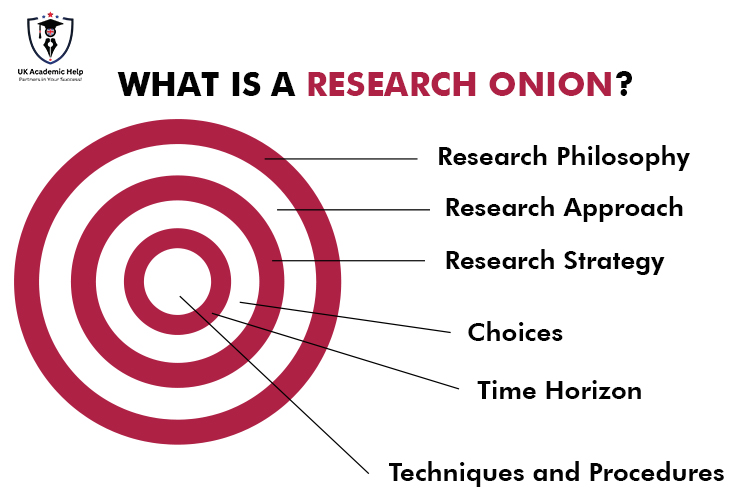Table of Contents
secondary data?
You are not alone.
Many students don’t know which type of data is required for their research. Students gets confused between these two and often mess up with their research data for dissertation.
But how do you actually decide your required data type?
No worries!
UK Academic Help is here to solve all your confusions and give you a clearer vision. So without any further delay let’s solve this confusion and discuss every aspect one by one.
What Is The Meaning Of Primary and Secondary Data?
To solve any problem we shall first have a clear image of the terms. So first, let’s find out the meaning of primary and secondary data.
Primary Data
Primary data is the type of data that is gathered as raw information from the original source. It is the fresh data that has not been tested yet.
Examples
The examples of primary data include;
- Data collected by interviewing someone
- Any raw statistical data freshly collected
- Data collected by asking people to fill out the questionnaires
Secondary Data
Secondary Data is the type of data that is not freshly collected and taken from other resources. It is also called as second hand information taken from other researchers.
Examples
The examples of secondary data includes;
- Data taken from journals or other academic books
- Data taken from national surveys
- Data taken from larger organisations like WHO
How To Know If the Data Is Primary Or Secondary?
To know the nature of the data you must see if the data involves initial evidence or analyse existing data.
If the data is taken initially and no work is done on it then it is primary data. On the other hand, if the data is taken from preexisting research or surveys then it is a secondary data.
However, if you can not differentiate between primary and secondary data you can always take online dissertation help and leave everything to us.
CTA Chat With Experts
Which Type Of Data You Shall Use For Your Research Dissertation?
This is indeed the most concerned question while writing your dissertation. If you are also wondering about it then this article is for you. So let’s get started.
While choosing the data type you need to keep in mind a few things that are;
- Relevance
- Reliability
- Validity
- Timelines
- Availability
- Ethics
Once you are clear with these points you are halfway through.
But can these things tell about the type of data?
They surely will.
Relevance tells whether the data is relevant to your topic. Reliability shows you can trust the data. Validity means the credibility of the data. Timelines tell about how old the data is. Availability means the easy access of the data. Ethics are to reserve the rights.
Firstly, analyse your topic and purpose of your research. If your aim is to conduct research on a completely new topic that has not been researched yet then you have to collect primary data. If your topic and purpose indicates the use of existing data then you have to collect secondary data.
Also, keep in mind the other aspects like time and budget. If you have less time and budget then choose secondary data otherwise use primary data.
Moreover, in some cases you can use both of them starting from secondary data and then using primary data.
You might have got the idea of which type of data is suitable for your research. If not then you can simply leave this hectic task to us. We can cover everything for your dissertation. You can check out why to get online dissertation help? It will help you learn the benefits of getting online service.
CTA Learn More
Which Type Of Data Is Better?
While primary data is more credible and authentic but good research might involve both types of data. They can complement each other and make your dissertation more convincing.
However, it solely depends on your dissertation type and specific requirements. So talk to your supervisor or consult our experts to decide your needs.
Differences Between Primary And Secondary Data
Some of the major differences between primary and secondary data are as follows;
- Primary data is original while secondary data is taken from other sources
- Primary data requires more time while secondary data is readily available
- Primary data is more costly than secondary data
- Secondary data is available in bulk quantity while primary data can be limited
- Primary data is difficult to analyse while secondary data is comparatively easy
- Primary data collection requires more skills than secondary data collection
You can also use these differences as references for deciding your desired data type.
Final Thoughts
Choosing primary or secondary data depends on specific requirements of your dissertation. So there is no one formula that fits all. Analyse your requirements and choose wisely. But always remember to cite the original sources of your data to avoid plagiarism.
To find out more about your queries contact us and get answers to all your questions.








Leave A Comment